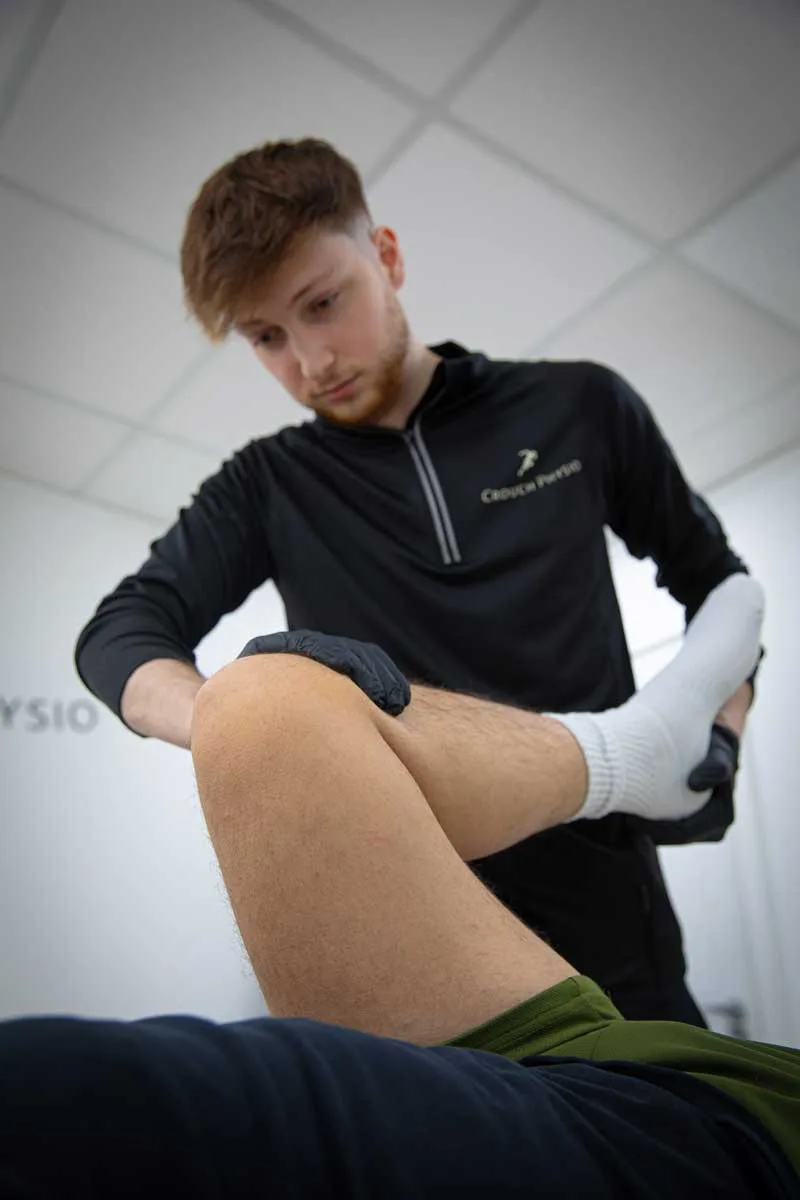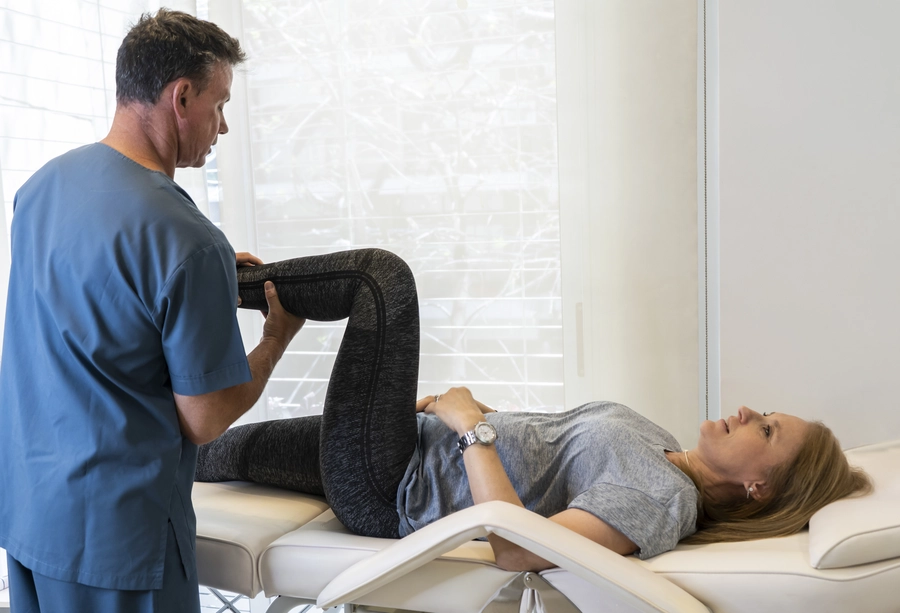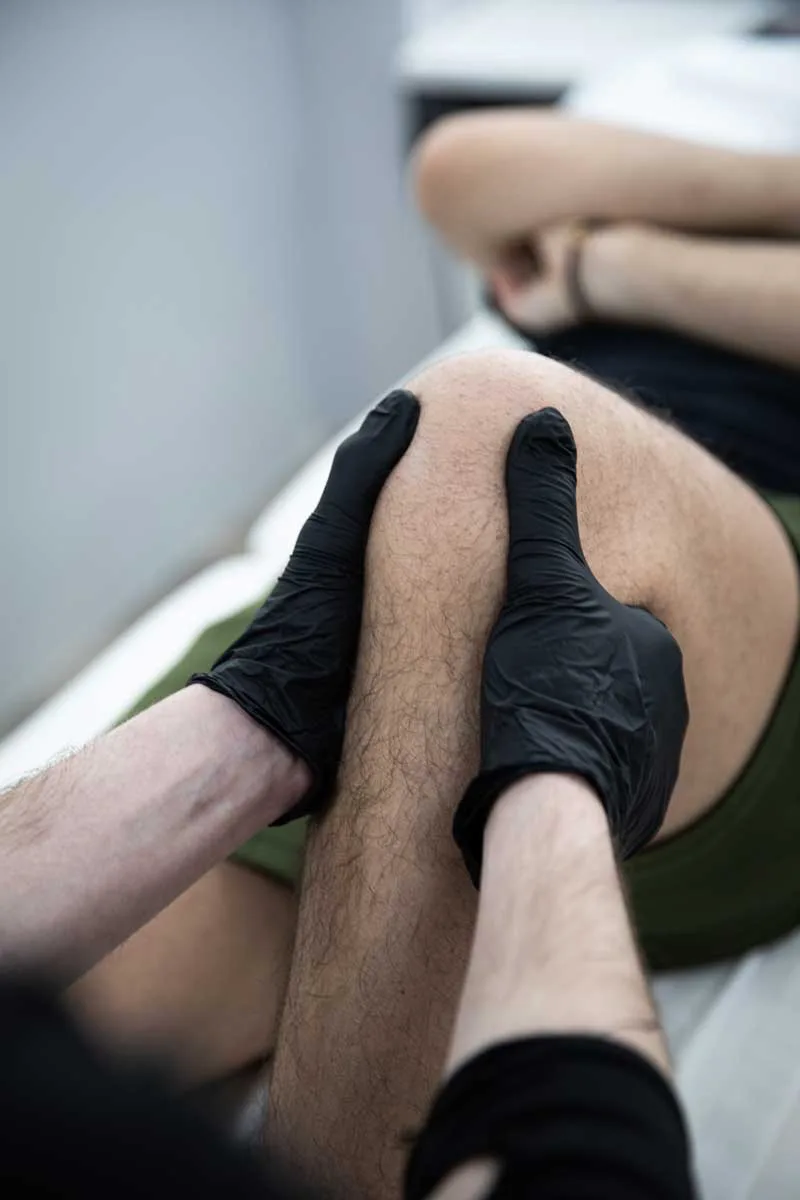Hip Replacements

Hip Replacement Overview
Hip replacement, also known as hip arthroplasty, is a surgical procedure in which a damaged or diseased hip joint is replaced with an artificial joint or prosthesis. This procedure is commonly performed to relieve pain, improve mobility, and enhance the overall quality of life for individuals suffering from severe hip joint conditions such as osteoarthritis, rheumatoid arthritis, avascular necrosis, or hip fractures that cannot be effectively managed with conservative treatments.
Patient Pain Symptoms/Presentation
- Pain: Patients with hip joint issues often experience persistent pain, typically in the groin, thigh, or buttock region. The pain may worsen with activity or weight-bearing and may interfere with daily activities such as walking, climbing stairs, or getting in and out of chairs.
- Stiffness: Reduced range of motion in the hip joint can lead to stiffness, making it difficult to perform certain movements like bending or rotating the hip.
- Swelling: Inflammation of the hip joint can cause swelling and tenderness in the affected area
- Weakness: Muscular weakness around the hip joint may develop due to pain and limited mobility
- Limping: Patients may adopt an abnormal gait pattern, such as limping or favouring one leg over the other, to alleviate pain.


Tests for Diagnosis
- Physical Examination: A thorough physical assessment, including range of motion tests, palpation of the hip joint, and evaluation of gait, can provide valuable information about the extent and nature of hip joint pathology.
- X-rays: X-ray imaging helps in visualising the structure of the hip joint, identifying signs of joint degeneration, bone abnormalities, or fractures.
- MRI (Magnetic Resonance Imaging): MRI scans provide detailed images of soft tissues such as muscles, tendons, and ligaments around the hip joint, aiding in the diagnosis of conditions like labral tears or avascular necrosis.
- Blood Tests: Blood tests may be conducted to assess for inflammatory markers or underlying systemic conditions like rheumatoid arthritis.
- Bone Scan: In cases of suspected avascular necrosis, a bone scan can help detect reduced blood flow to the hip bone.
Treatment Methods
- Conservative Management: Initially, non-surgical approaches such as pain medications, physical therapy, activity modification, and assistive devices (e.g., walking aids) may be recommended to alleviate symptoms and improve function.
- Hip Replacement Surgery: If conservative treatments fail to provide adequate relief or if the hip joint damage is severe, hip replacement surgery may be advised. This involves removing the damaged joint components and replacing them with artificial implants made of metal, plastic, or ceramic materials.
- Rehabilitation: Following hip replacement surgery, a structured rehabilitation programme is essential to promote healing, restore mobility, strengthen muscles, and improve overall function. Physiotherapy plays a crucial role in this process, focusing on exercises to enhance flexibility, balance, and joint stability.


Advice from a Physiotherapist's Perspective
- Follow Rehabilitation Programme: Adhere to the prescribed physiotherapy exercises and rehabilitation programme to maximise the benefits of hip replacement surgery and achieve optimal recovery.
- Gradual Progression: Avoid overexertion and follow a gradual progression of activities as guided by your physiotherapist to prevent complications and ensure safe rehabilitation.
- Maintain Good Posture and Body Mechanics: Practice good posture and body mechanics during daily activities to reduce stress on the hip joint and minimise the risk of injury or strain
- Stay Active: Engage in low-impact activities such as walking, swimming, or cycling to maintain joint mobility, muscle strength, and overall fitness levels.
- Monitor for Signs of Complications: Be vigilant for any signs of infection, blood clots, or other post-operative complications and promptly report them to your healthcare provider.
- Lifestyle Modifications: Consider making lifestyle modifications such as maintaining a healthy weight, quitting smoking (if applicable), and avoiding activities that place excessive strain on the hip joint to support long-term joint health.




